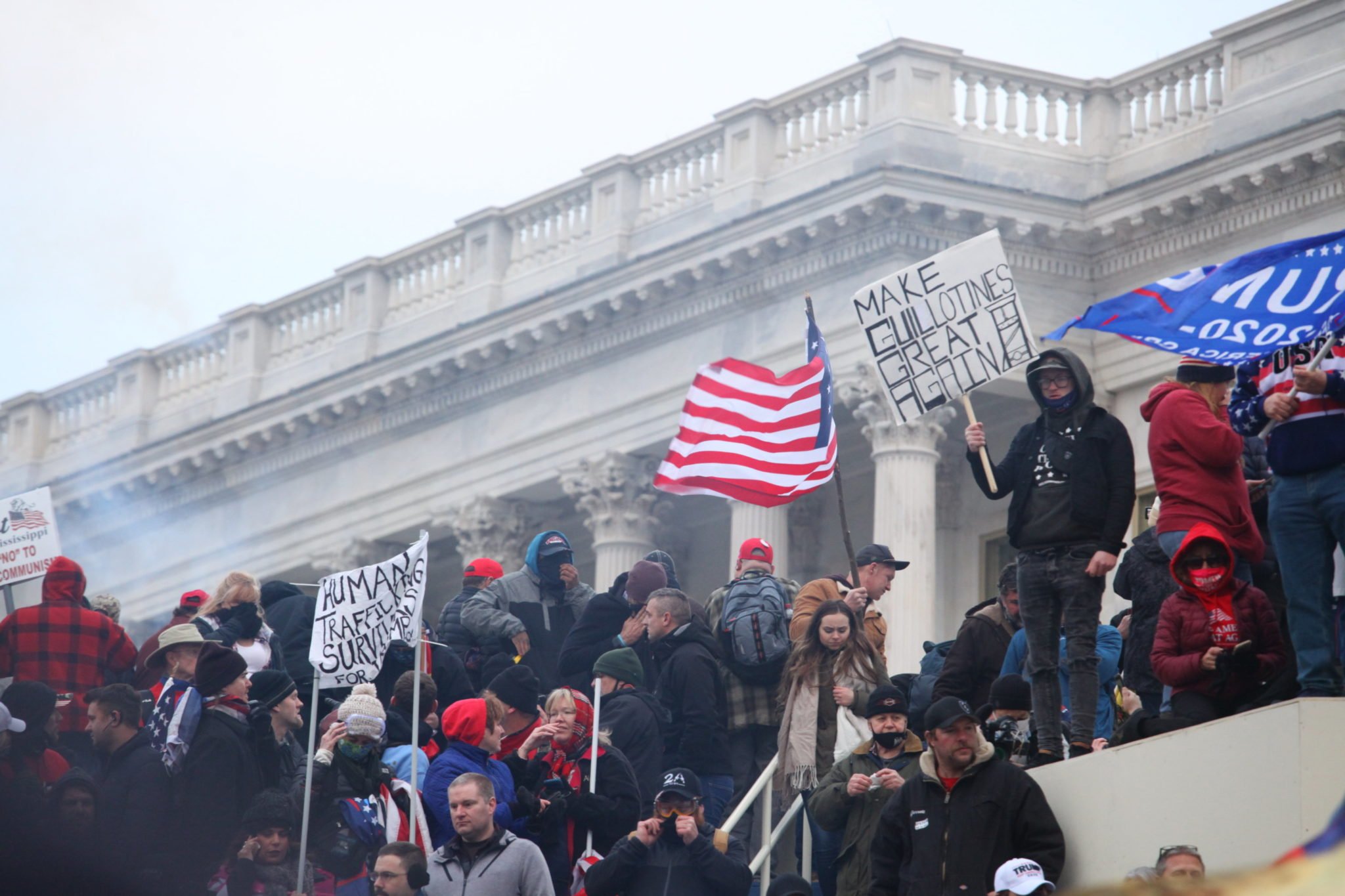The January 6 assault on the Capitol by Donald Trump’s supporters was deeply unsettling all over the country. But for Washingtonians, whose city was where the insurrectionists gathered, the aftermath contains an extra layer of anxiety about safety. It also raises an existential question: What does this mean for a city designed to welcome crowds from across America—and built upon the assumption that demonstrating and advocating and simply visiting your government is an essential act in a democracy rather than a threat?
In some ways, we are built for this. The physical landscape of Washington has been shaped, to a degree, by the capital’s need to protect itself. This is a very secure city, in ways both apparent and behind-the-scenes. Up until now, however, most of the threats from which we’re protecting ourselves have been external and small-scale—a ring of spies, a cell of terrorists, a lone gunman.
What’s different about the post-insurrection reality is that in this new world, the people who come to Washington on behalf of causes are themselves the potential threat. This represents a significant adjustment of our mindset. How do we preserve the spirit of a city intended to showcase democratic virtues—while protecting ourselves from the terrifying number of Americans whom the fringe right has convinced that Washington is not their capital but rather their enemy?
There’s a lot we still don’t know about what happened on January 6, and each new video clip has revealed that the attack was more terrifying than we thought. But when it comes to the future of Washington, one piece of footage seems especially foreboding. It shows rioters with MAGA hats and American flags marching out of the Capitol shortly after the attack. The overwhelmingly white, mostly male group holler in repugnant exhilaration and promise they’ll be back. But it’s the words of one rioter in particular that stand out: “Let’s go get a beer.”
It was one of the darkest days in American history. Yet for this particular goon, the riot was just a bit of excitement before knocking back a few cold ones. It was fun. And the scene of that adventure—plus, presumably, of the beer consumption that followed—was the city where we live and work and raise our families. These people came here to overthrow the government but also, it seems, to hang out. And they will return.
All Americans have the right—maybe even the obligation—to come to the nation’s capital and protest as loudly as they like. Some of these pro-Trump extremists, on the other hand, have come not just to be heard but to terrorize our city and the people who live here: beating passers-by, removing and burning a Black Lives Matter flag from a historically Black church, killing a Capitol Police officer in the line of duty.
One of the more frightening aspects of the recent unrest is the degree to which the perpetrators have infiltrated—even become comfortable—in the residential parts of the city that tend to be invisible to many visitors. Proud Boys are hanging out in our bars, staying in our Airbnbs and neighborhood hotels. The people who make up America’s scariest fringes are no longer just spreading insanity on the internet or TV: They are here. And we’re going to have to figure out how to maintain a free, open capital for the new country we’ll all have to live in.


![Luke 008[2]-1 - Washingtonian](https://www.washingtonian.com/wp-content/uploads/2017/10/Luke-0082-1-e1509126354184.jpg)













